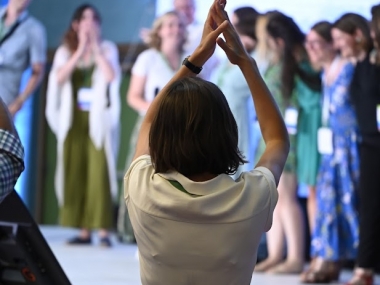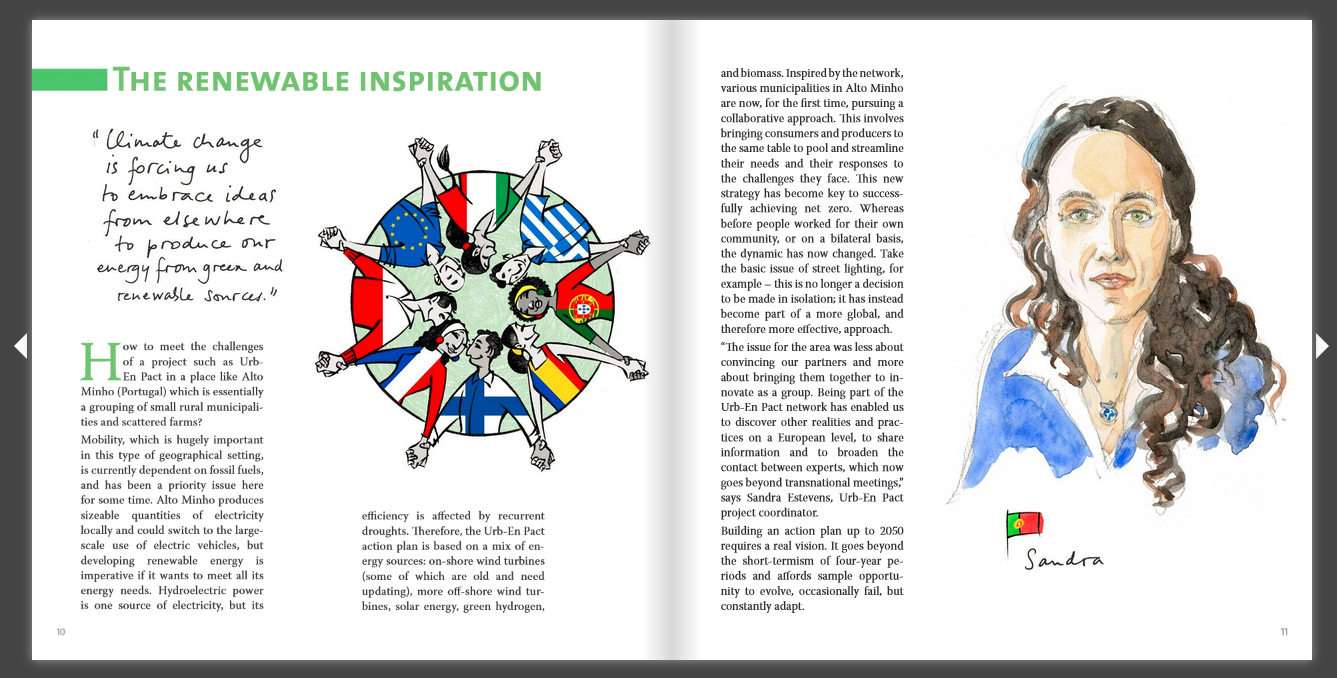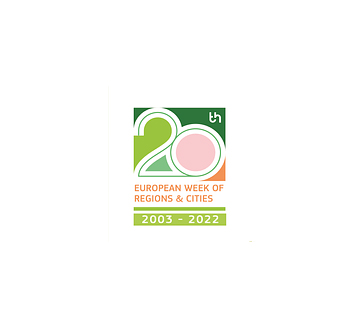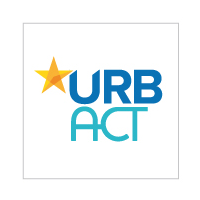Time to say goodbye to the Action Planning Networks…
Edited on
26 September 2022…and get ready for the next call for networks!

As cities wrap up their final activities, let’s take a look at some of their results, key findings and what’s in for any city considering to join an URBACT network.
The last round of Action Planning Networks kick-started in late 2019, when people were not so used to working from home or systematically wearing masks. It does seem like a lifetime ago. It’s safe to say that the partner cities went a long way from coping and adapting to the “new normal” to celebrating the end of their journey at the URBACT City Festival 2022.
Throughout the duration of the network, cities have innovated in more than one way. City practitioners and communities have not only shown resilience, but also extreme creativity – might be out of need or simply willingness to experiment. In addition, for the first time ever, URBACT has provided cities with a specific budget intended for Small Scale Actions: a tryout limited in time, scale and space which by nature has the right to fail or succeed. Action Planning Networks’ cities were able to learn from these tests, measure the results and either adapt, upscale or reject them as long-term actions.
Now, as we sadly say goodbye to the Action Planning Networks, it’s time to look back at some of the lessons learnt along the way and find out more about their final products and the different formats used.
A manifesto

How can a city balance the inevitably conflicting needs of its residents and its tourists? Can tourism be a viable local economic sector that acts as leverage for sustainability, well-being and reduction of inequalities? Through what mechanisms can we really integrate the lesson learned from the recent pandemic? The Tourism-Friendly Cities network has sought to find collective answers to these questions, involving stakeholders from NGOs, businesses, academia and public institutions.
Such answers revealed that there is no magic formula, but rather a combination of approaches that, over time, can make a significant difference for the sustainable development of tourism. This knowledge was gathered in the Tourism Friendly Manifesto, which presents readers with the principles for aspiring tourist cities, so they can commit to sustainable tourism. You can also check the summarised version of the document in this presentation.
Step by step recommendations

There are different ways to convey messages and recommendations to a wider audience. The Cities4CSR network, for example, has put forward 12 lessons learnt on how corporate social responsibility (CSR) can create opportunities to unlock and improve municipal strategies. From place-based measures to the relational recipe for transformation, at the end of the day, the success will depend on how effectively city administrations can overcome institutional inertia, constituency politics and cultural resistance that holds back innovation.
Likewise, the ROOF network took a look at four key messages directed at the EU to explore and share housing solutions for ending homelessness. The KAIROS network also consolidated a five-pillar model to reconsider the way the cultural and built heritage can be used as a driver for positive urban change, following five dimensions: space, attractiveness, economy, governance and social cohesion.
Play and gamification

Citizen participation and participatory democracy, to some extent, have become a big thing, everyone talks about it. Many are convinced by the added-value of giving people a voice when it comes to local governance. Yet, some don’t share the same vision or, even worse, believe that citizen participation is rather a bad idea.
To tackle this challenge, the ActiveCitizens network designed a card game Citizen Participation? Hell no! with 42 reasons, arguments and even excuses that are frequently used not to take more participative approaches. You can also print your own copy and use it to spark a provocative collective discussion. As a counterpoint, the network has also developed motivational cards and roleplay game, both based on the experience and ambitions from the involved cities.
Videos and animations

A wise person once said that if a picture is worth a thousand words… then a video is worth a million. It comes as no surprise that videos are among the most popular formats, which are used by URBACT cities to reach out to the right people. Audiovisual material can be particularly useful when explaining an abstract concept, like social impact bonds (SIB).
This is the reason why the SibDev network has created a mix of animations and interviews, so viewers can actually grasp the benefits of SIB when used as a “secret tool” to provide adequate public services. Similarly, the Genderedlandscape network has produced an extended video, to gather testimonials that bear witness of the positive outcomes of more gender equal cities. Instead of focusing on one single final video, the Healthy Cities network did a series of videos, ranging from webinars, case studies to how to turn cities more green.
Focus in the cities’ journey

Another way to tell a story is to focus on the main characters. This is exactly what the Urb-En Pact network has done with its digital publication All Together Towards Net Zero Energy Cities. This document explores the common vision, progress and experience of different stakeholders who represented all the different countries from the network.
Other networks took a different approach, using the partner cities as case studies. The URGE network, for instance, produced a booklet with the local context, “do’s”, “don’ts” and the way forward for each city. While the Find Your Greatness created the We Found Our Greatness publication, outlining 10 amazing things for each partner city.
All cities that are involved with Action Planning Networks are expected to co-design with locals an Integrated Action Plan (IAP). This means a long-term sustainable strategy to tackle the challenges from the project, with tangible and concrete activities in a specific area. Some networks tend to reshape these mandatory outputs, turning them into an IAP compendium, as the example from the Zero Carbon Cities network shows.
Exploring different formats
![]()
It’s great to see how the networks' creativity can be translated into a wide variety of enriching outputs. This was definitely the case for the products from the RiConnect network. With simple, yet beautiful graphics and impactful messages. The RiConnect partners invited other cities to rethink mobility infrastructure for better metropolises.
Their final outputs comprehend thematic knowledge and the URBACT Method experience, from funding to communication and even the collaboration with the other cities from the Thriving Streets and Space4People networks. The results are future-led and look out for sustainable soft, but also hard, investments.

Undeniably, the URBACT team and cities cannot help but feel emotional with this farewell. But as we close this chapter, a new one is yet to come with the next URBACT IV call for Action Planning Networks in January 2023. Want to know more about it? Then be sure to join us at the Get Ready for the new URBACT call session during the European Week of Regions and Cities 2022. We look forward to seeing you there!
 Submitted by URBACT on
Submitted by URBACT on
